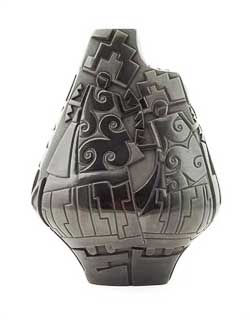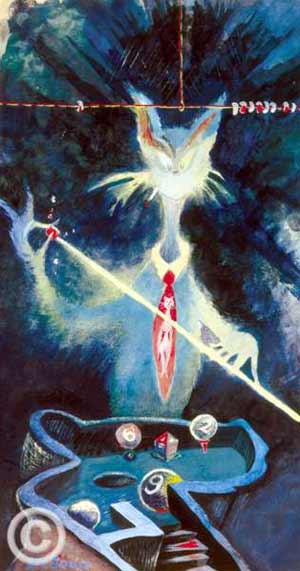All of the projects and assignments I give out to my design students are concrete. I give them "real-world" limits and boundaries, in an effort to prepare them for the world they are about to enter. Sounds pretty reasonable, right?
The June issue of
Metropolis Magazine contains an article by Philip Noble entitled
"Swordplay. Why is architectural thought taught without the benefit of architectural fact?" Noble laments an occasion when he observed a beginning architectural class at the prestigious Pratt Institute. Essentially the student were told to watch fight scenes from the movies
Crouching Tiger, Hidden Dragon and
Hero, analyze the movement and space and then create an environment inspired by it. His point is that while their work on this project was creative it was doomed because of the lack of "real-world" constraints. These assignments are only building a mental habit that ignores reality, Noble contends.
At first, I was right there with him. Yes, students need to be grounded in the basics of production, no matter what medium. But I thought about it more, my opinion changed.
Isn't there a benefit in the raw exploration of abstract creativity for the commercial designer (web developer, graphic design, architect, etc). Doesn't having moments of "play" provide someone with the "real-world" background in the produceable a point of new inspiration?
I wrote earlier about designing within the grid and how having certain boundaries help to focus creative energies. I'm not going to dispute that, but I'm wondering about creating a piece that has no regard for how it could be constructed. Designing a web page that is so complex, it would take forever to load and be difficult to navigate. Pushing those boundaries happens frequently in the ranks of the pros, but is there a place in that process for a design/architecture/web design student?
Let's discuss this. How much exploration without boundaries should students really have? Does it enhance student's creativity to have them design without regard for production here and there, or does it just build bad habits, as Noble argues? Where is line to drawn?
Your thoughts?




